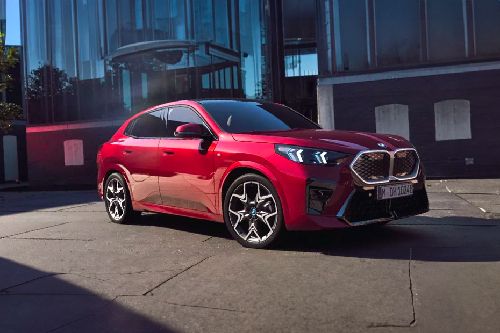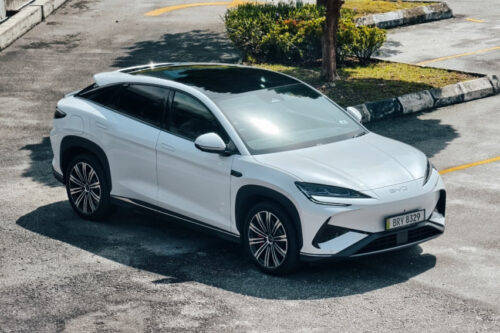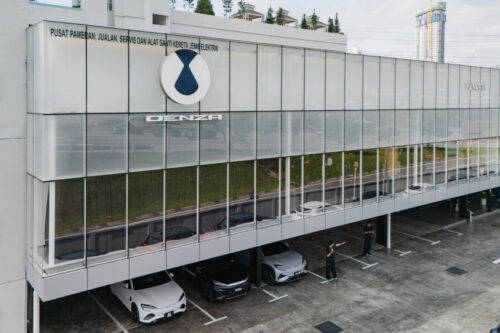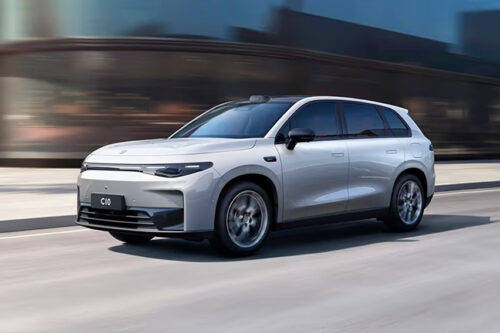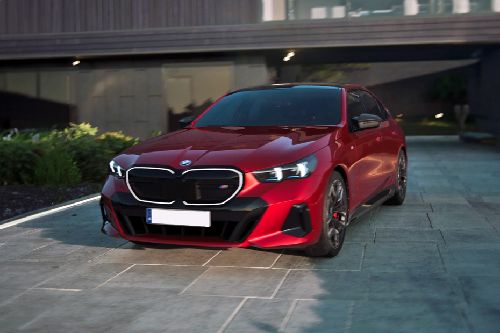BMW drops "i" suffix for petrol cars

KUALA LUMPUR: The latest announcement from BMW regarding the 2025 BMW 1 Series confirms the removal of the "i" suffix for their petrol cars. This move aims to eliminate confusion between their internal combustion engine (ICE) vehicles and electric vehicles (EVs), which now feature an "i" prefix.
KEY TAKEAWAYS
Why has BMW removed the i suffix from its petrol cars?
This move aims to eliminate confusion between their internal combustion engine (ICE) vehicles and electric vehicles (EVs), which now feature an "i" prefixBut the recent 520i at the Malaysia Autoshow 2024 still had an i?
BMW hasn't provided a specific timeline for the complete rollout of this naming convention change. However, it's clear that the focus is shifting towards electrified vehicles, with these models taking precedence over traditional ICE cars.
This change was first seen with the introduction of the 2025 X3 M50, replacing the previous X3 M40i and dropping the "i" suffix. Following this trend, more combustion-engine BMWs, including the just unveiled new BMW 1 Series, will adopt this naming convention.
Senior BMW vice president Bernd Körber explained that the historic "i" designation will now exclusively serve as a prefix for EV models. "Historically, even though our interpretation of BMW i was always different, it’s more innovation, not necessarily only electric, and we historically had injection at the end [of the badge>," Körber told BMW Blog. "We said, we would like to keep 'i' as an asset, and we would like to keep it as a signature to indicate you're driving an electric car and that was the logic that we had." BMW's media relations team confirmed this shift with Car and Driver back in May.
The "i" suffix in BMW's model naming convention originally represented "injection," indicating that the vehicle was equipped with fuel injection technology. Over time, BMW's use of the "i" evolved to symbolize innovation, which included but was not limited to electric vehicles.

As BMW began developing and launching electric vehicles, the "i" designation took on additional meaning, signifying electric mobility and innovation. This has led to the decision to use "i" exclusively as a prefix for their electric models to clearly distinguish them from their internal combustion engine counterparts.
The "i" suffix was first used by BMW in the 1970s to denote vehicles equipped with fuel injection technology. One of the earliest examples is the BMW 2000tii, which was introduced in 1969. The "tii" stood for "touring international injected," highlighting the car's advanced fuel injection system at the time.

This use of "i" continued with subsequent models, such as the BMW 320i and 528i, signifying the presence of fuel injection technology and later evolving to represent innovation, particularly with the advent of BMW's electric and hybrid models.
Although the latest BMW G60 520i, unveiled at the Malaysia Autoshow, still carries the "i" suffix, we can likely expect future local models to omit this suffix in line with BMW's new naming convention.

BMW hasn't provided a specific timeline for the complete rollout of this naming convention change. However, it's clear that the focus is shifting towards electrified vehicles, with these models taking precedence over traditional ICE cars. This marks a significant shift in BMW's strategy, highlighting their commitment to innovation and sustainable mobility.
Also Read: Malaysia Autoshow 2024: BMW 5 Series gets two new additions: i5 M60 x Drive and 520i
Sell your car at the best price
 Verified and genuine buyers
Verified and genuine buyers
BMW Car Models
Trending & Fresh Updates
- Latest
- Popular
You might also be interested in
- News
- Featured Stories
BMW Featured Cars
- Latest
- Upcoming
- Popular








